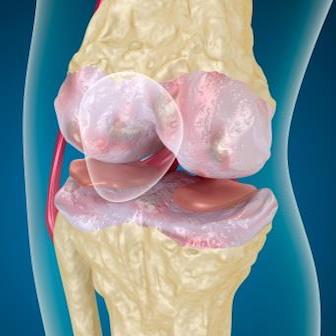Juvenile idiopathic arthritis
Juvenile idiopathic arthritis (JIA), or juvenile arthritis, is a childhood disease that causes inflamed swollen joints. This makes joints stiff and painful.
Unlike adults with rheumatoid arthritis, many children with the disease grow out of it after they get treatment.
While some children will grow out of it after they get treatment, others will need ongoing treatment as adults. Juvenile idiopathic arthritis is not a single disease but a group of diseases.
Three types of JIA
There are three types of JIA, all producing chronic joint inflammation. Apart from this common feature, these three diseases are very different in their symptoms, treatments and outcomes.
- Pauciarticular is the most common and mildest type. A child can have pain in one to four joints, such as the knees, ankles, fingers, toes, wrists, elbows, and hips.
- Polyarticular is more severe. It affects more joints and tends to get worse over time.
- Systemic is the least common type, but it can be the most serious. It causes pain in many joints and can also spread to organs.

